Hello everybody and welcome to another Fan Community Spotlight. This installment is a very interesting one, unlike anything I've covered on this series. Today we're not talking about a custom expansion, class, or anything of that sort, but a fan-made card game! That's right, a custom card game called Cyber Zone made by one of our community members, Neoguli!
Do take into consideration, that anything presented here is a work-in-progress, a proof-of-concept, if you will.
Before we start, I would like to say that making your own card game is, among many things, an artistic endeavor. Even if your game might not go all the way to being published, just working on it can be an extremely fulfilling project. I'm talking from personal experience, being working on my own for some time now. You can share your creation with your friends and family and make the game nights even more memorable by playing a game you yourself designed. I hope you guys will enjoy this interview and if anything here inspires you to work on a (card) game of your own, then I've done my part.
Where does the inspiration to make this game come from? And most importantly, how does it work?
Neoguli: "So the idea for Cyber Zone came from back when I was watching Solem’s videos about his reviews of niche card games. I thought to myself if I wanted to try and create a concept for a card game, and so Cyber Zone was born to life.
You can think of this game as a hybrid of some of my most played and my favourite card games, which are Hearthstone, Legends of Runeterra, Faeria and Duelyst, but it’s also what I self-proclaim to be a CCG and Tower Defense game mashup. HS elements come from the player’s ability to freely place turrets and troops; LoR ones are spell speeds and the monetization system; you build your own board just like in Faeria, and it’s operating on square tiles akin to Duelyst.
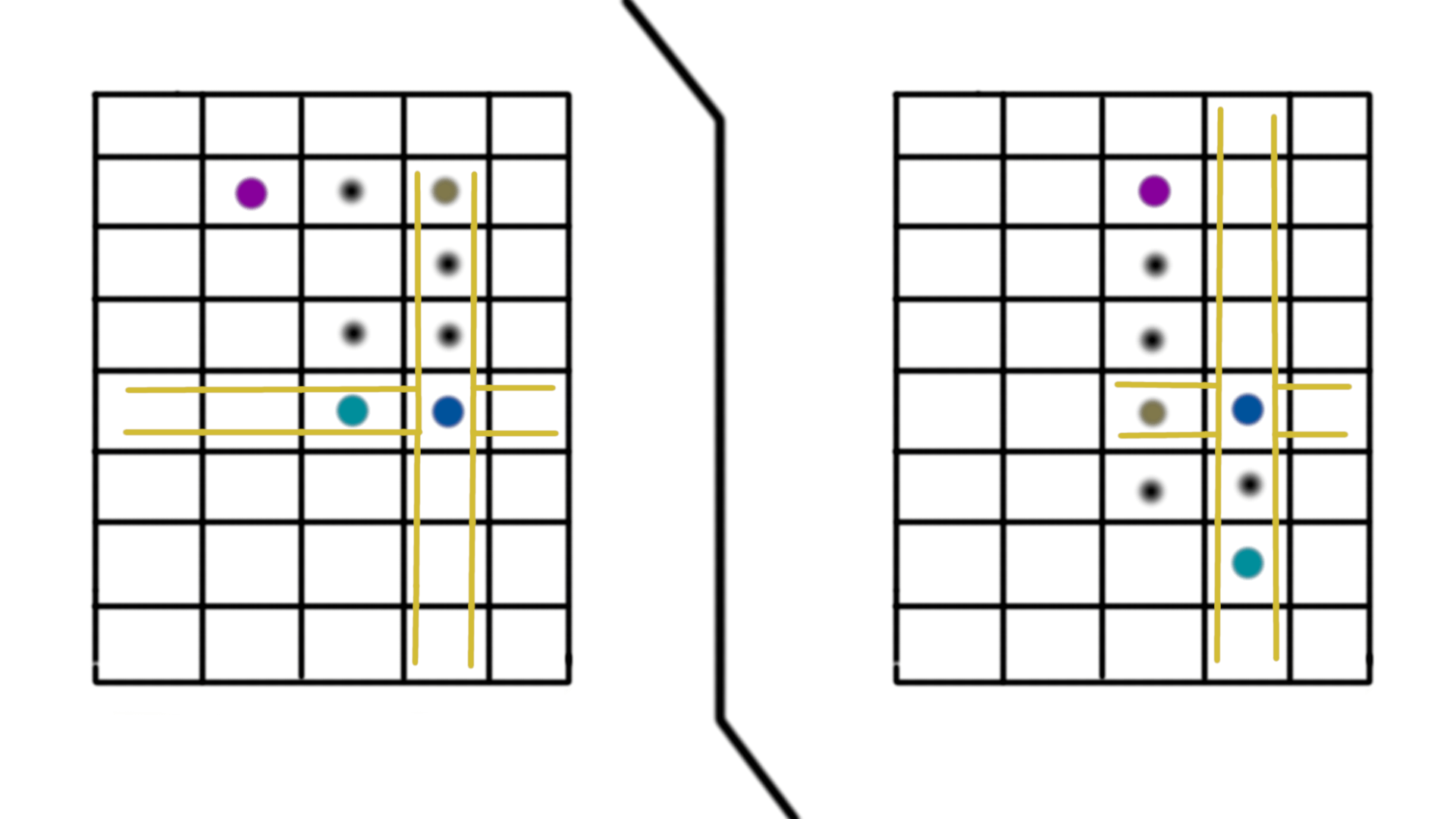
This picture shows an example board state.
At the start of each match, both players are tasked with building their own board on an 8x5 square (debating if to expand it to enable 5-tile vertical tracks). Black dots are those 5 tiles you use to construct your own track. Then, you create a Nexus, which is where your opponent’s troops move one tile (unless specified) each turn, and if they get there, they damage your hero for their Attack damage. Next, your opponent gets to create a Portal on your board, where troops spawn from. Lastly, both players spawn a Pylon, which is an equivalent to a Hero Power you can insert to your deck (they start in hand like Quests), and can be placed anywhere on your board.
Let’s talk about troops and turrets, which are both equivalents of minions in HS, but are summoned differently, though both have forms of summoning sickness and can be summoned without interference from your opponent.
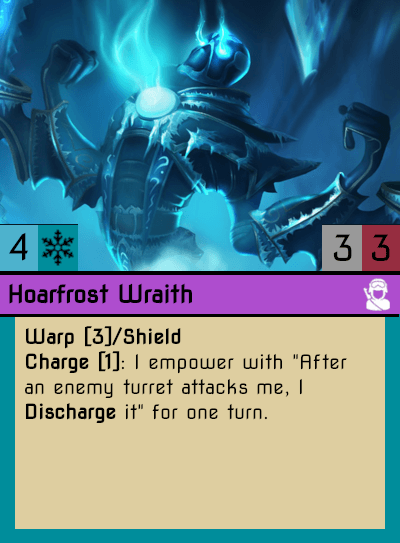
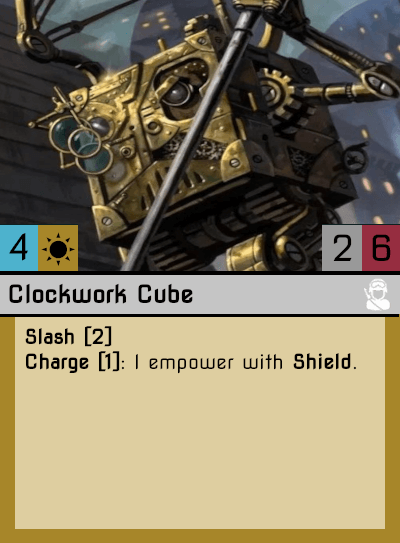
Troops are the units that march to the enemy Nexus, and only one can be inside the Portal at once (unless specified, for example with keywords like Duty) - that’s basically summoning sickness. On the next turn, they can attack immediately and appear at the tile in front of the Portal, but some have a keyword called Warp [X], which lets them appear X more tiles ahead than usual. You can think of all troops having Warp [1], and if they have the keyword in their text, it means they appear further away.
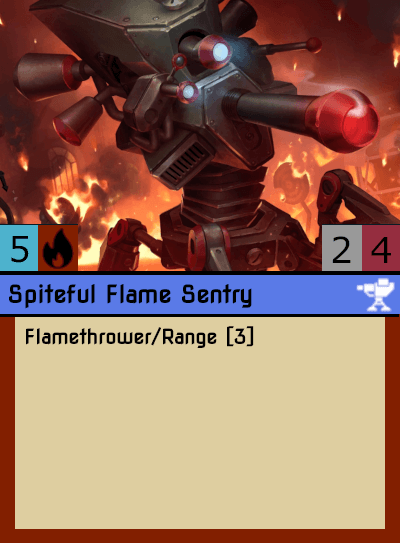
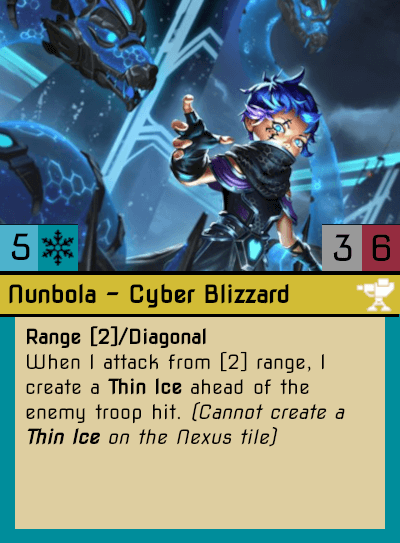
Turrets are minions you mostly place near the track you’ve built (those with Airdrop don’t have to), and they usually need to wait a turn before becoming ready unless they have Readiness. Their attack range is usually tied to a cross in a 3x3 hex area (same area as King’ movement in Chess, but can only attack enemies in the same lines as if they were a Rook), but some turrets can attack diagonally, attack from further range or even attack all enemies within range. Base range is Range [1], but if the keyword appears, it means the attack range is further than 1.
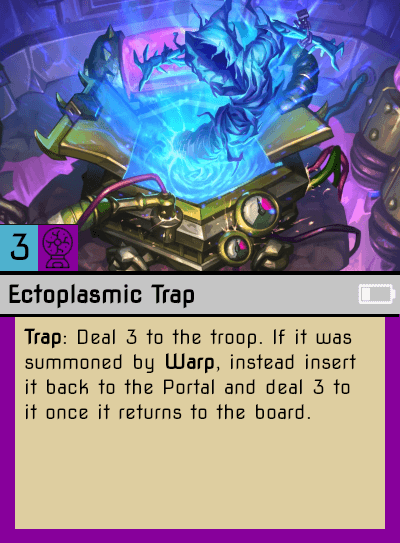
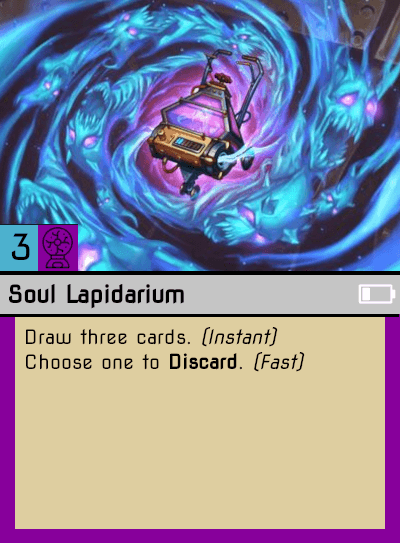
Actions are like spells, giving you the stated effect after they are resolved. Like in LoR, they have different speeds that dictate whether or not they can be chained or interacted with. Some Actions are Traps, which empower a tile with a one-time effect that triggers when the enemy troops steps on it, and the effect remains hidden until triggered.
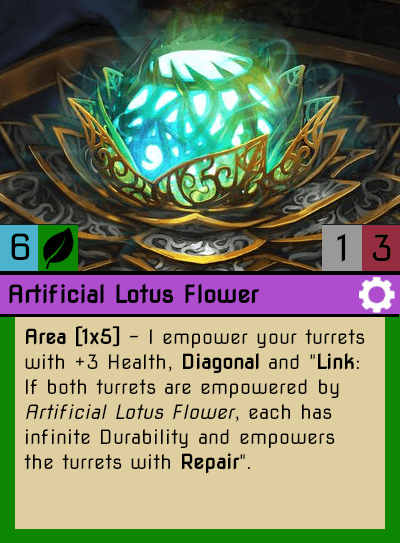
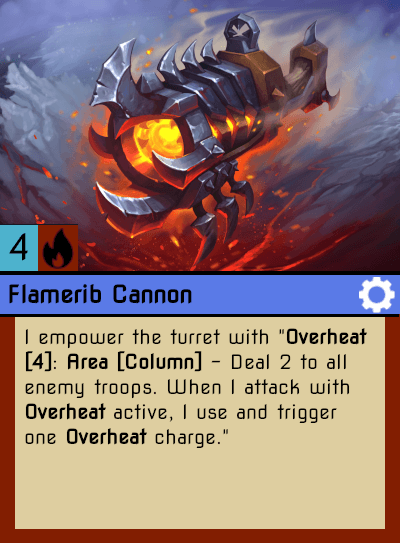
Gears are basically weapons you attach to Turrets, as they have Attack and Durability (Durability is reduced with each turret’s attack). Some Gears have neither Attack or Durability.
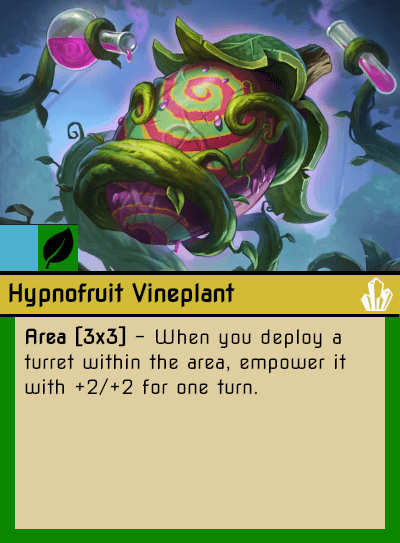
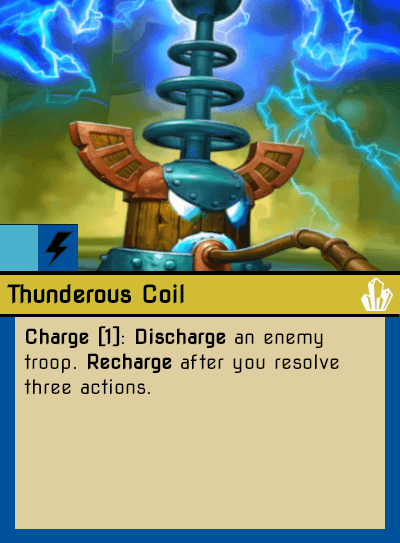
Pylons are kinda like Hero Powers as I mentioned.
There are six factions in the game, with a seventh one up in the debate - Fire, Solar, Plasma, Frost, Thunder, Poison, (Neutral/Shadow). Your deck can consist of cards from up to two factions, or once I decide if Neutral/Shadow is either a new faction or a pool of cards for everyone, from one faction and Neutral cards.
Players have 15 HP. On a player’s turn, they can command their turrets and troops to attack the enemy troops or turrets. Each unit can only attack once unless stated.
There are four rarity tiers - Common, Rare, Epic, Legendary.
Deck size is still in question, but I’d say 2x copies of non-Legendary cards and 1x copy of each Legendary card will be good.
The monetization system is planned to be insanely generous, since Legends of Runeterra has shown you can actually assemble a sizable collection without too much grinding. I would take it a step further and instead have card packs contain only wild cards you can exchange for any card you want. There would be three types of packs - cheapest one with guaranteed Rare (Standard), moderate one with guaranteed Epic (Premium), and most expensive one with guaranteed Legendary (Galaxy). Stuff like login rewards could be an additional option to further speed up the process. Also cosmetics would be the main monetization tool.
Also you earn currency by playing a match you did not forfeit, and you get some from leveling up your account. Quests grant currency too.
Battle Passes are considered. They are split into Base that everyone can finish, and Seasonal that can be upgraded to obtain extra rewards.
Now onto game modes. There are two main ones - Basic and Virtual. Basic is where you can only play Core Set cards, while Virtual lets you play cards from all sets, and it’s also the default mode for Ranked. Ranks are currently separated by 400 of Chess ELO - Copper, Bronze, Iron, Siver, Gold, Platinum, Diamond. If you drop below the ELO’s range, you are given a demotion protection for 4 games - if you get back to the rank’s range, you get it, but if not, you drop down. If you keep balancing between ELO range of two ranks, you get one less game of protection each time until the penalty refreshes.
Keywords on certain cards are explained here. You can also comment on the document to give me suggestions."
Do you have anything behind the scenes you want to share with us, or perhaps a sneak peak of what's next to come?
Neoguli: "Not really. I just hope that someday I can learn to code in a gaming engine like UE4 or 5 and find passionate people to produce Cyber Zone and develop it further. Also nothing now in terms of custom cards for other card games, I am probably at one of my lowest lows in terms of that. Can’t wait for OoC competitions to return. :)"
Do you have anything else you want to share with us?
Neoguli: "I made a few videos on YouTube related to League of Legends, the channel link is here. I’d like to do more videos in the future, and maybe get good at making databases. They are pretty fun to make and important for the world to protect data, so to anyone, turn off as many cookies as you can, save money for the upgraded antivirus, possibly install Tor, don’t get fooled by VPNs proclaiming they don’t register data - they do track your activity, but they still let you bypass regional content restrictions.
And pray. :>"
And now we've reached the end of the article. I hope you enjoyed this little departure from my usual content on this series, and if you're interested in checking out this project further, then all of the information can be found in Neoguli's thread for it which can be accessed by clicking the banner below.


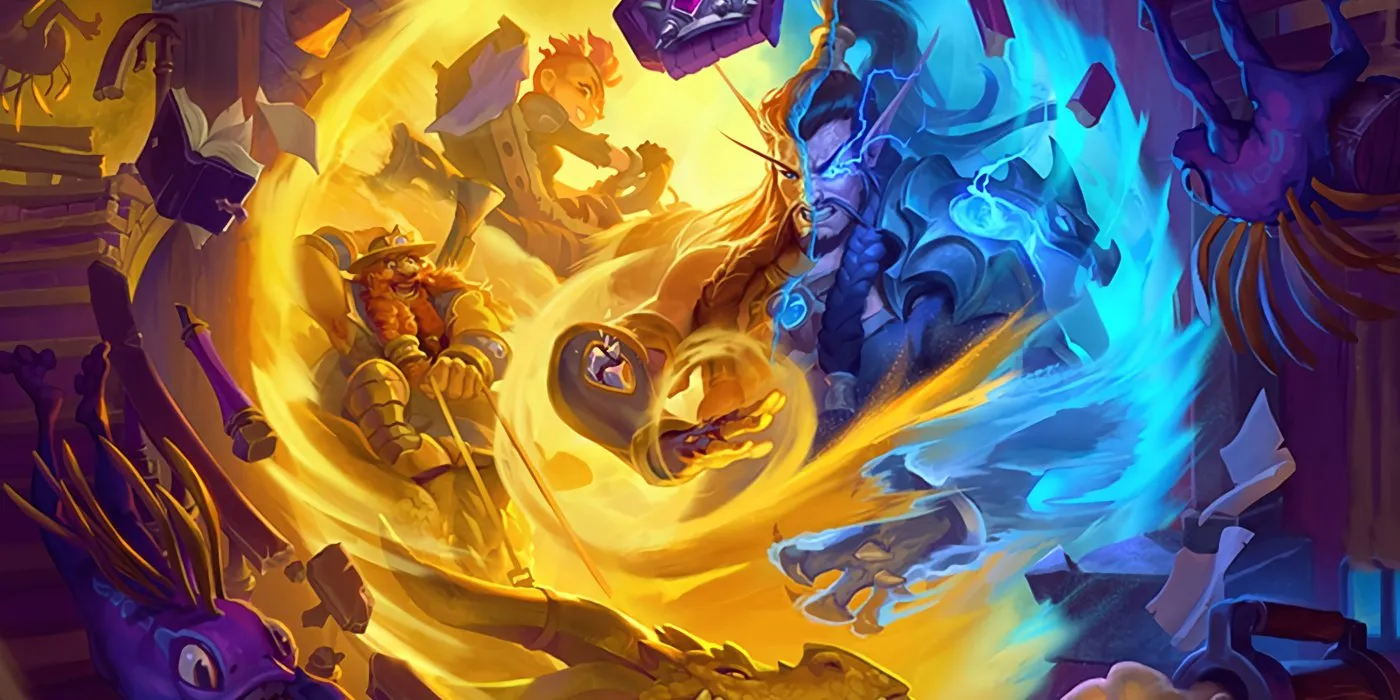
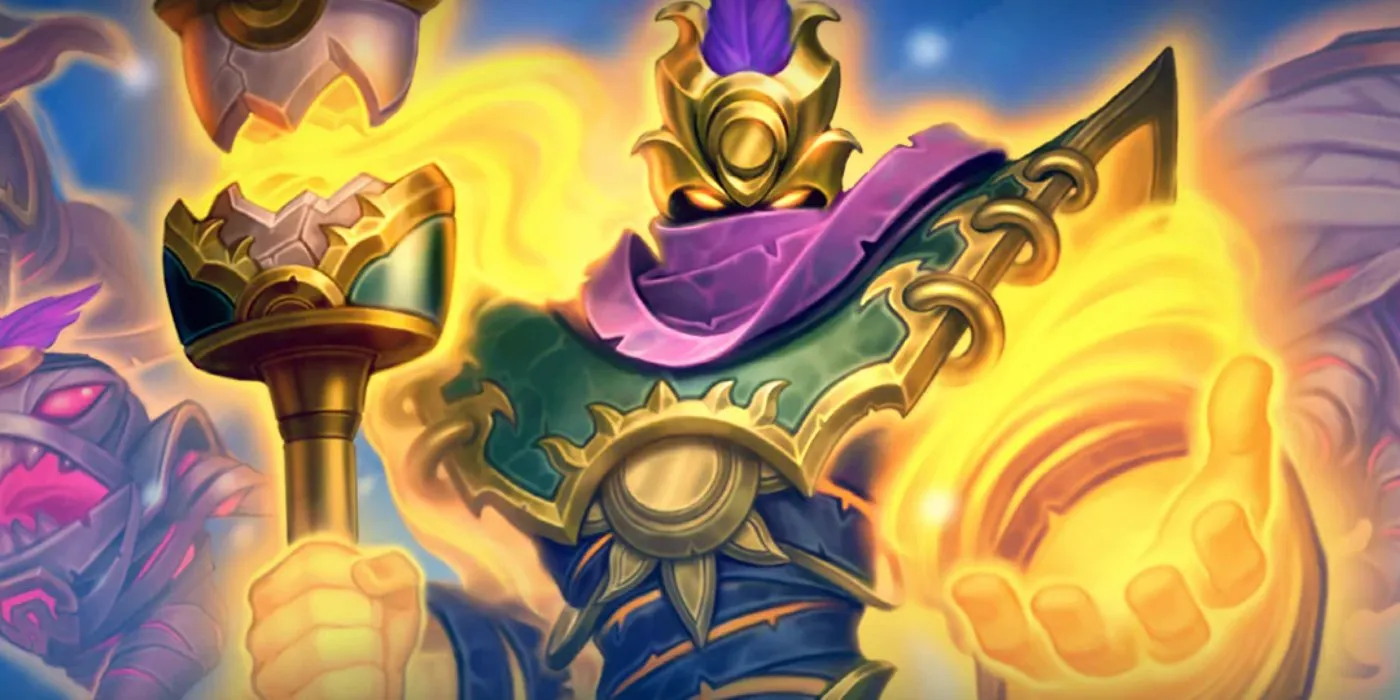
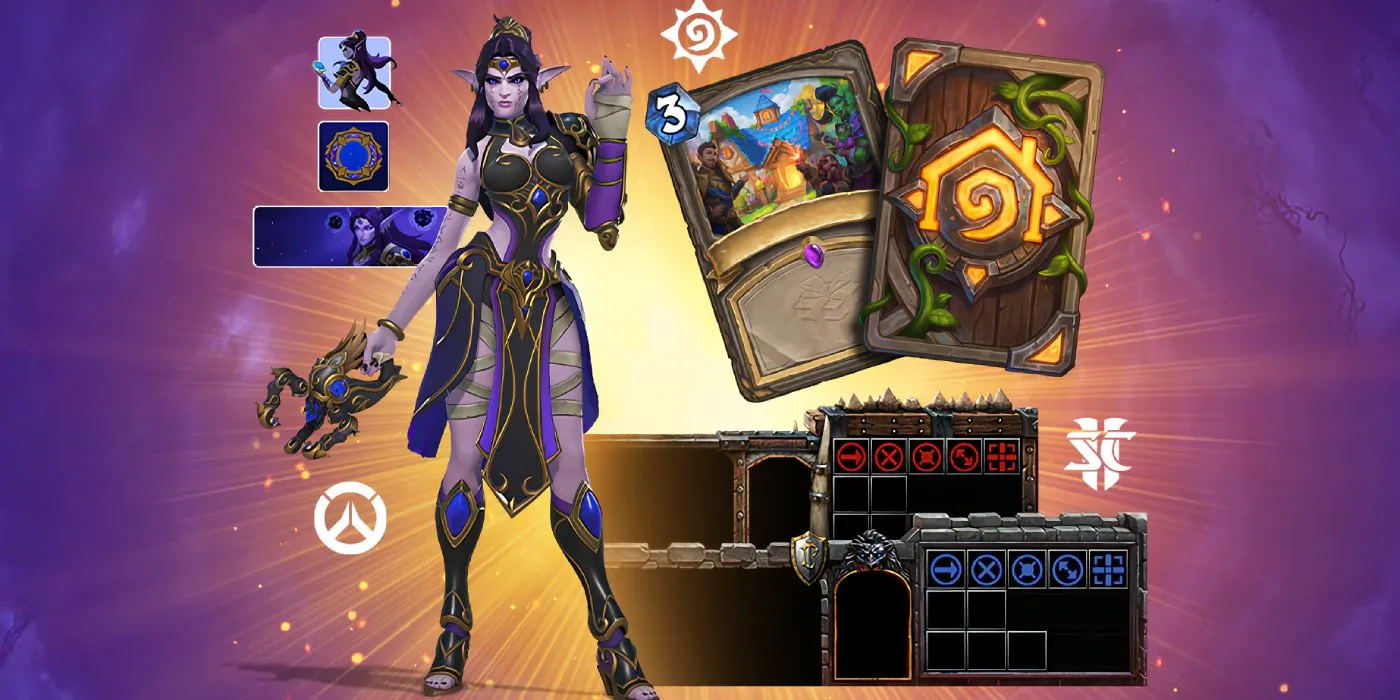
Comments
Finally it's there. :D
I can do an AMA under this comment to answer some questions.
Have you considered going with a Hex grid instead of a square one? It changes the game a bit, but I feed it's a better fit for this type of game (main advantage beeing that you don't have to worry about diagonal attacks).
Regarding actually programming the thing: most card games seem to be made in Unity for some reason, but that's not the only option available. Godot is a completely open-source engine, though it is quite new to the market. There's also Unreal, but it's probably overkill for a card game (if you decide to go with it, go for the 5 version).
Hex grid is actually used for Faeria, but I'd say sticking to the square grid gives me more design space for cards, since players could consider them for their ability to attack diagonally. It also gives Troops additional breathing room, because the game design feels pretty defense-heavy, and while Turrets can't attack immediately without Readiness, if the game was on a hex grid, it would become more of a stat-check contest since attacks would be available from every angle.
Wow, amazing! Do consider learning to code in Unity - might be doable by yourself (the core game), then hire some artists for the drawing part.
Few questions (as for the AMA):
1. which are the turn phases?
2. Are there blockers or only minions with "taunt"? Any kind of spell protection (like divine shields, immune, etc)?
3. Please explain more the idea behind Basic and Virtual. Which are the core cards? Will you consider a different path of making new content than Blizzard did(i.e. standard vs wild)?
Thanks for an awesome read!